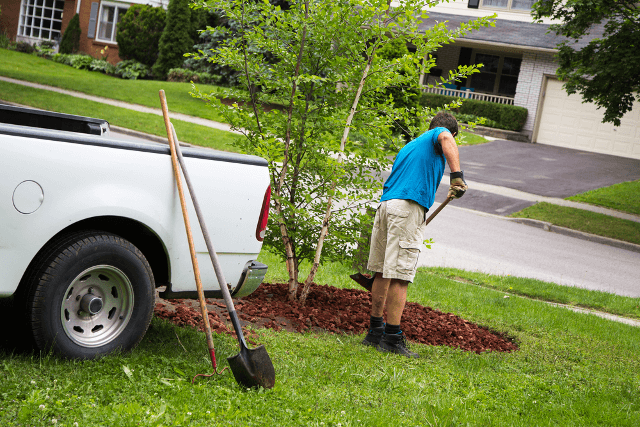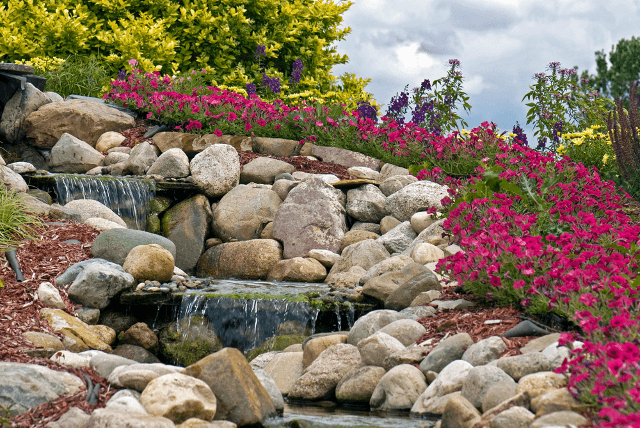Landscaping D-I-Y
Landscaping is a very beneficial means by which anyone can conserve energy within and/or around the home… Landscaping, ‘do-it-yourself’ style, can be done the right way the first time with proper guidance and prioritization.
Plan Ahead
Many people new to ‘do-it-yourself’ make the mistake of going with their gut feeling, or randomly starting what they think needs to be done in the garden without knowing what they want to see in the end. Planning ahead makes sure that no effort is spent on unnecessary steps, money is spent only on essential items, and time is maximized in order to provide the best results.
Included in planning ahead is measuring the garden or patio dimensions, taking note of where the sun rises and sets, as well as the direction of the wind when it blows through the house. This way, plants and trees may be planted in places that would serve best the intention of conserving energy in the home.
Another is planning around existing trees and foliage. The shade provided by the existing vegetation can be used as a guide in the placement of the rest of the shrubbery in the area.
You have the option of also taking into consideration your lifestyle in designing the landscape. Families who frequently hold barbeques or simply entertain in the garden can put the barbeque and sitting areas together, or shape the garden’s design around these particular functionalities.
Plant a Plant
One of the perks of landscaping, ‘do-it-yourself’ style, is the fact that one can grow the plants and trees he/she prefers rather than others that serve that the same function. To make the garden fully functional when it comes to conserving energy, it is best to plant fast-growing dense trees that offer a huge umbrella of shade and a windbreak for the home.
Evergreens are popular options for garden foliage, and are also very useful when it comes to keeping the heat or cool inside that would normally escape through the windows or the roof. To most effectively utilize evergreens, it is important to try to mix-and-match various textures, colors, shades, shapes and sizes. Visual appeal is created by this interesting mixture of plants.
At the end of the day, landscaping is a fulfilling experience that allows anyone to design their gardens or yard to best suit their lifestyles. Good planning, creativity, and effective execution will yield optimum results.





